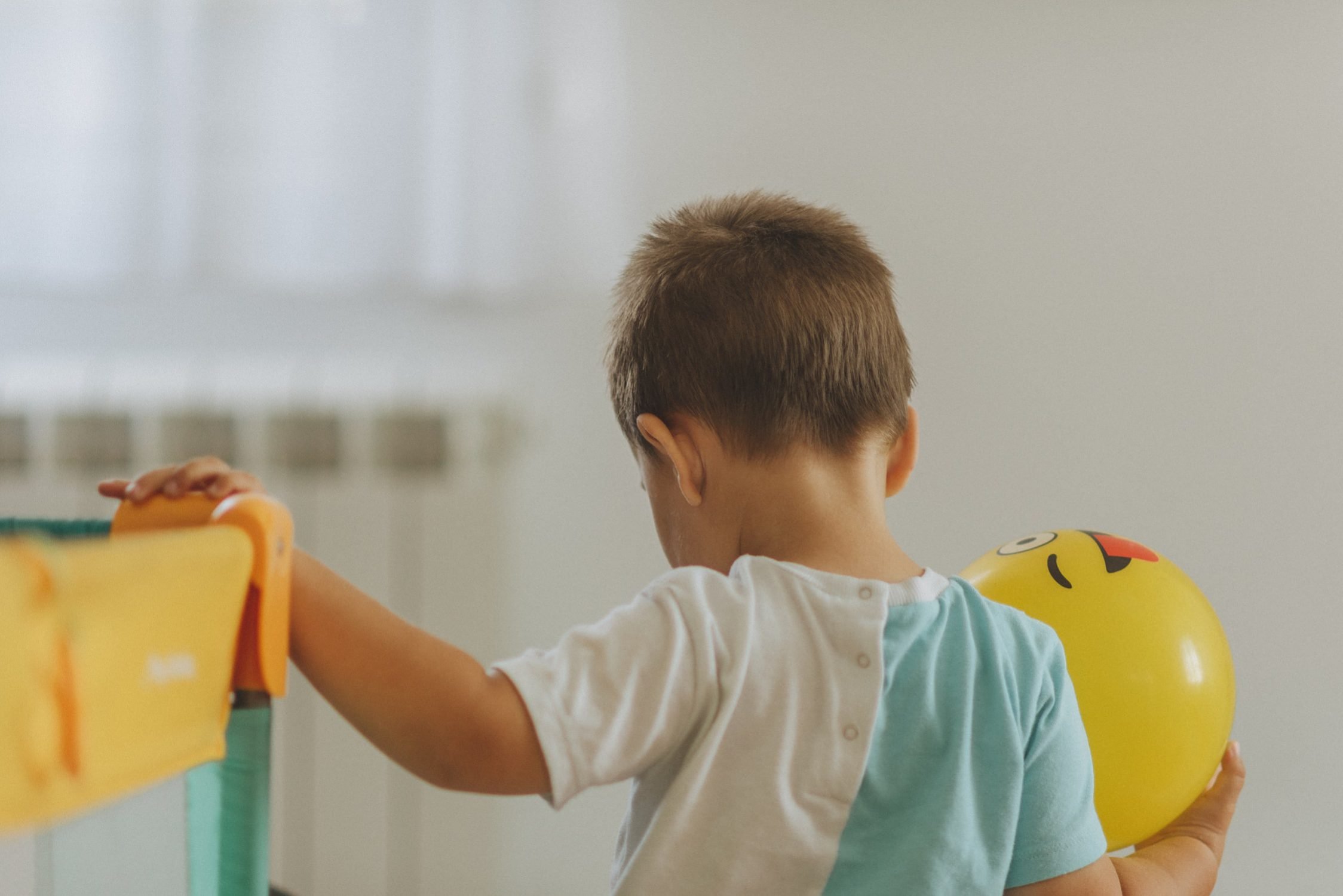5 Meditation Stories to Help Children Unload Their Worries

Meditation is a technique that works for not only adults, but our youngsters too. The coronavirus has caused worldwide panic and fear that children absorb and feel just as strongly as we do. It is vitally important to give your child the opportunity to speak about these worries or concerns. However, once they have aired these, there are plenty of ways to support children in letting go of this weight holding them down. What I have found most helpful is to aid children in visualizing letting go of what is bothering them. The easiest way to do this is by describing a vivid and descriptive scene and allowing the child to immerse themselves in this moment in their mind. I have attached some ideas below that have proved successful. Before each one, ask your child to find a comfortable, quiet spot, allow their body to “melt” or “turn into jelly,” and take some deep breaths.
1. Balloon Worries
Ask your child to imagine a big balloon of any shape. Talk about how it is their favorite color and how it dances in the air above them as they hold the string tightly in their fist. Describe how it floats around in the wind and add any other details to create a vivid scene. Then explain to your child that we will fill this balloon with our worries. Can they feel it getting heavier? It is too much for us to hold and we do not have to. Ask them to visualize letting go of the string and allowing the balloon to gracefully drift up and away until it is out of sight.
2. Beach Worries
There are plenty of wonderful words to conjure up a stimulating image or memory of being on the beach. Describe the sand between their toes and the water lapping against their ankles. Next, ask them to imagine a boat, raft or their favorite sea creature coming to the shore to meet them. The child can unload their worries to the raft or the creature and slowly watch as they disappear into the sunset.
3. Tree or Flower of Worries
This meditation can be used in terms of a forest, tree or flower in their garden or in a place that is special to them. Explain that this plant is there to accept any worries they are feeling. Allow them to attach their concerns by speaking to it, attaching their worries with a ribbon or leaving a basket beside it. The important part here is to allow the child to walk back to their safe place in their mind, leaving the plant or basket behind.
4. Bubbles
This is a slightly different technique that focuses on what the child needs to feel or be surrounded with at a certain time. It involves asking children to use their special slow, calm breathing and pretend to blow imaginary bubbles around the room. The child can visualize that these bubbles are filled with “calmness,” “joy” or “protection,” depending on the circumstance.
5. Positivity Walk
This is more of a “movement meditation” in which children walk mindfully around their space and think of all the things they are grateful for in their life. They can think of any positive aspect, no matter how tiny. When they think of something to add to their mental list, they can stop and “breathe it in” to help store it in their mind.
These are only a few of the techniques that I have found that work wonders with my more anxious pupils, but the internet is full of inspirational people bursting with creative ideas — so get searching and find what works for you and your little one. Remember, this will end. Until then, stay safe and stay calm.
Author: Emma Cahill


